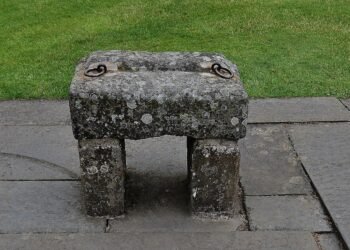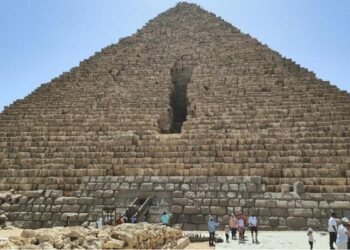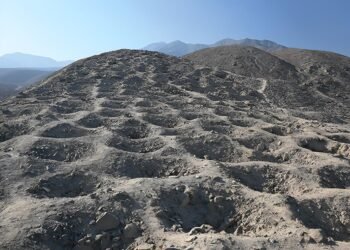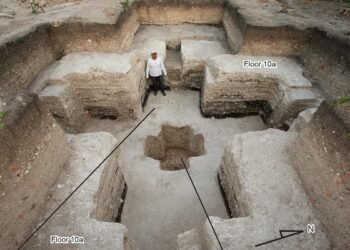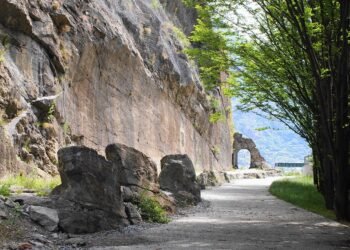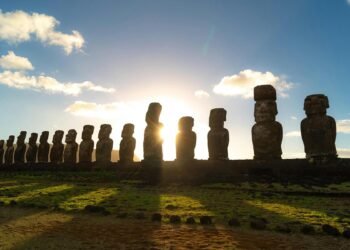Archaeologists from the Ministry of Culture of Peru have uncovered a collection of ten pre-Hispanic ceramic vessels from the Chancay culture in the Chancay district of Lima.

This finding follows reports of illegal excavations, a pervasive issue in the region known as “Huaqueo,” where archaeological sites are exploited for artifacts to be sold on the black market. The Ministry of Culture highlighted that approximately 20,000 archaeological pieces are illicitly extracted and trafficked out of Peru annually, posing a continuous threat to the preservation of the country’s cultural heritage.
The discovery, announced by the Ministry of Culture, was made at the Lauri Archaeological Site, situated in Chancay, a region historically associated with the Chancay culture during the Late Intermediate Period from 1100 CE to 1450 CE. The ceramic vessels, which include jars, pots, and plates, exhibit the craftsmanship of ancient artisans who employed modeling techniques and molds, showcasing a chromatic range of white and black.
According to the Ministry of Culture, the initial evaluation of these artifacts revealed significant deterioration and fragmentation, likely due to exposure to adverse environmental conditions or violent manipulation. Consequently, the recovered pieces have been transferred to the institutional headquarters of the Ministry of Culture for preservation measures.
The Ministry’s efforts were prompted by reports from local residents and citizens. Through joint inspections conducted with officials from the Municipality of Chancay, archaeologists were able to retrieve these invaluable cultural artifacts.
The Chancay culture emerged following the decline of the Wari civilization around 1000 CE along the central coast of Peru. Subsequent interactions with the Chimú and Inca civilizations influenced the cultural landscape of the region, as evidenced by the ceramic vessels adorned with the distinctive “black on white” style associated with the Chimú tradition.
The Ministry of Culture reiterated its call for public cooperation in defending and protecting national heritage, urging individuals to report any findings or threats to cultural sites through official channels.



